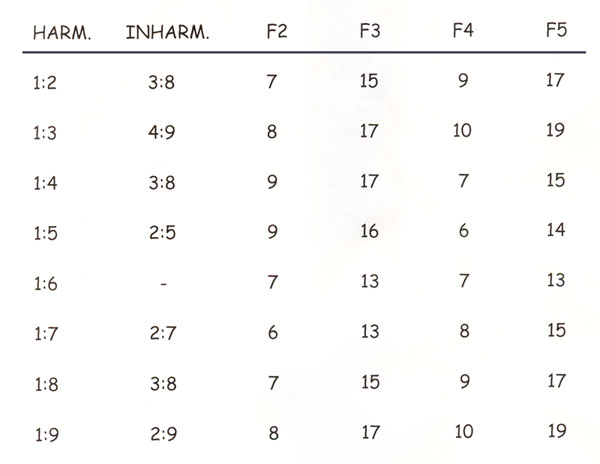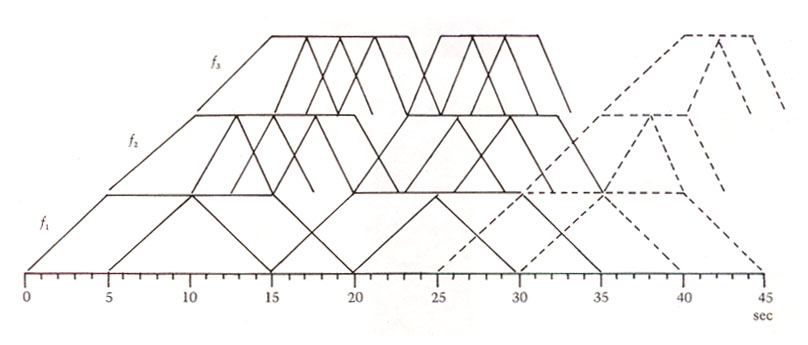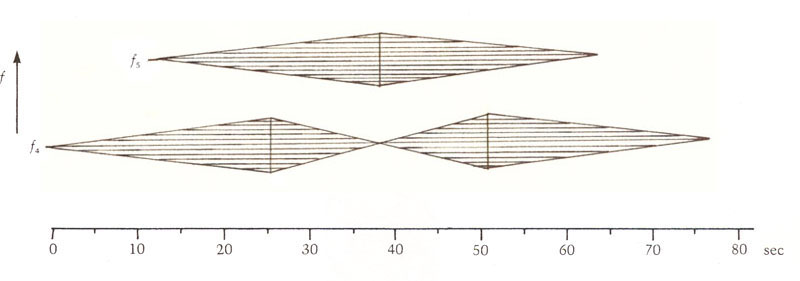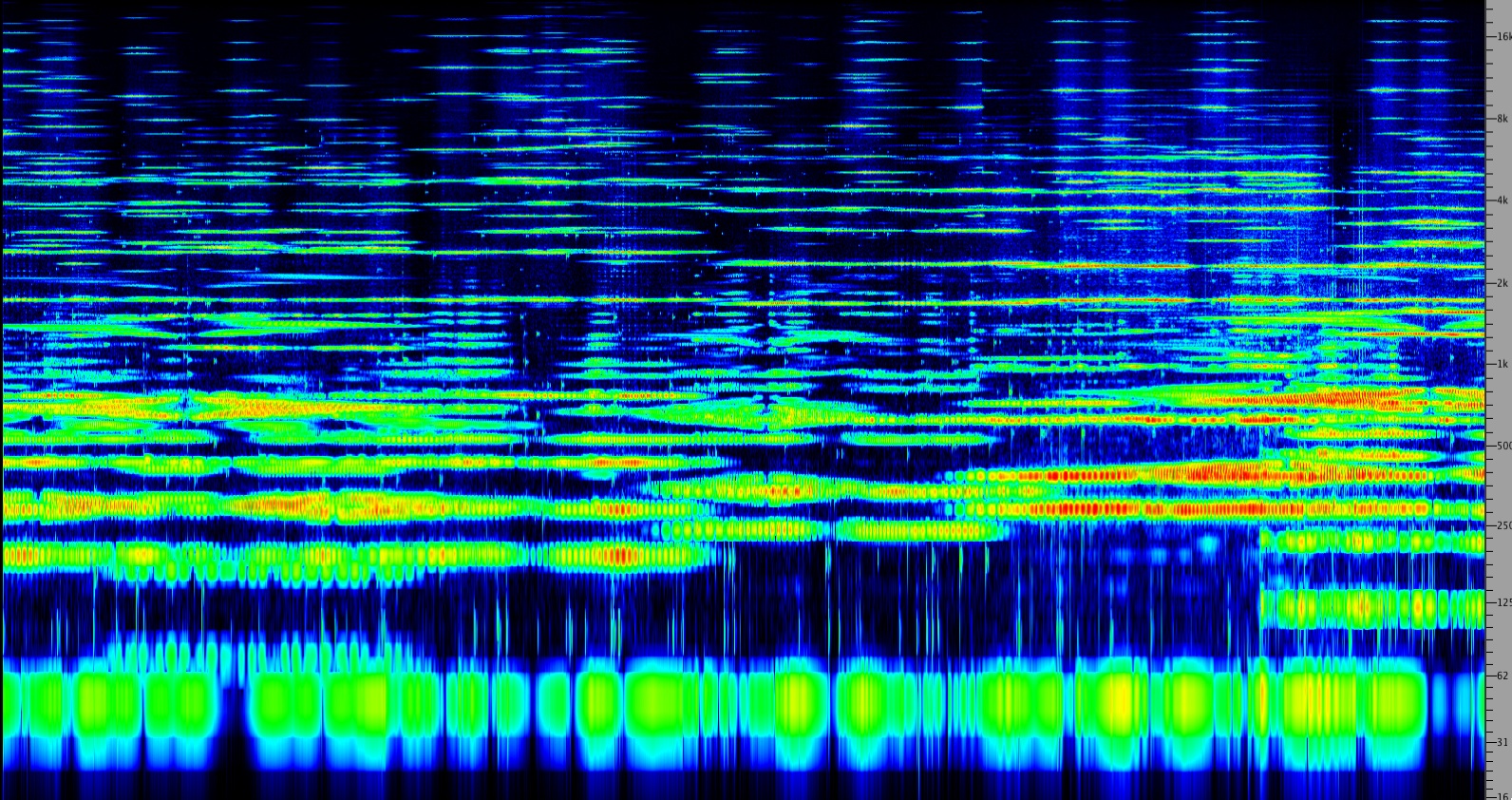Arras is a continuously evolving texture based on a fusion of harmonic and inharmonic spectra. The large-scale structure of the piece follows a pattern of harmonic change going from closely spaced odd harmonics through to widely spaced harmonics towards the end. Each harmonic timbre is paired with an inharmonic one with which it shares specific harmonics, and with which it overlaps after each twenty-five second interval. This harmonic/inharmonic structure forms a background against which specific events are poised: shorter events, specific high pitches which otherwise would be imbedded in the overall timbre, and some percussive events. However, all frequencies found in the foreground events are the same as those in the background texture; hence the constant ambiguity between them.
Arras received an honourable mention in the computer music category of the 1980 International Competition of Electroacoustic Music sponsored by the G.M.E.B. in Bourges, France.
Arras is available on the Cambridge Street Records CD Pacific Rim, and the RCI Anthology of Canadian Electroacoustic Music.
HARMONIC - INHARMONIC RATIOS USED IN ARRAS

PAIRS OF RATIOS WITH COMMON PARTIALS

BACKGROUND TEXTURE

FOREGROUND ELEMENTS
- Short events (0.21 sec) chosen from all sideband frequencies, distributed in a Poisson distribution of about 4 events/sec
- Enveloped spectra using c:m family members on a common fundamental (50 Hz); three-part envelopes are (2.0, 0.5, 4.0), (0.76, .01, 1.24) and (0.01, 0.2, 1.2) sec.

- Frequency-time structure of events shown as horizontal lines lying within a tendency mask frame centred on frequencies F4, F5

Spectrogram of the middle section of the work
Reference:
B. Truax, "Timbral Construction in Arras as a Stochastic Process", Computer Music Journal, 6(3), 1982.
Production Note:
The work was realized with the composer's POD6 and POD7 programs for computer sound synthesis and composition at Simon Fraser University. All the component sounds are examples of frequency modulation (FM) synthesis, generated in binaural stereo, with both amplitude and time differences between channels. However, considerable digital mixing, and later analog mixing in the Sonic Research Studio, produced the resulting complex texture.